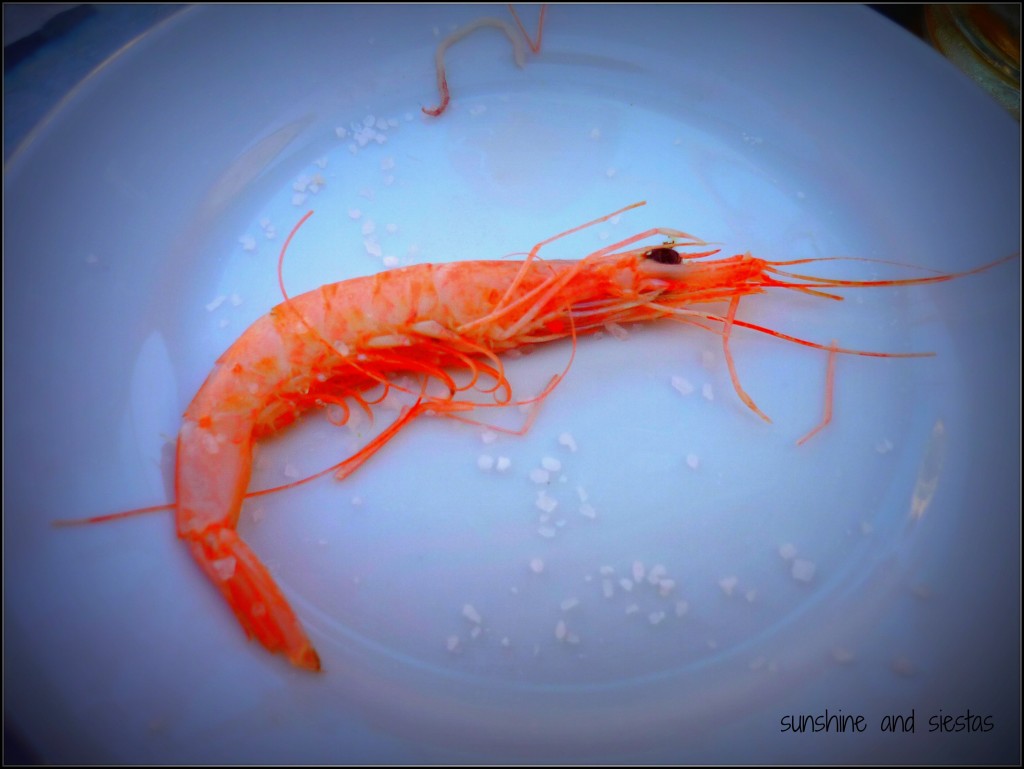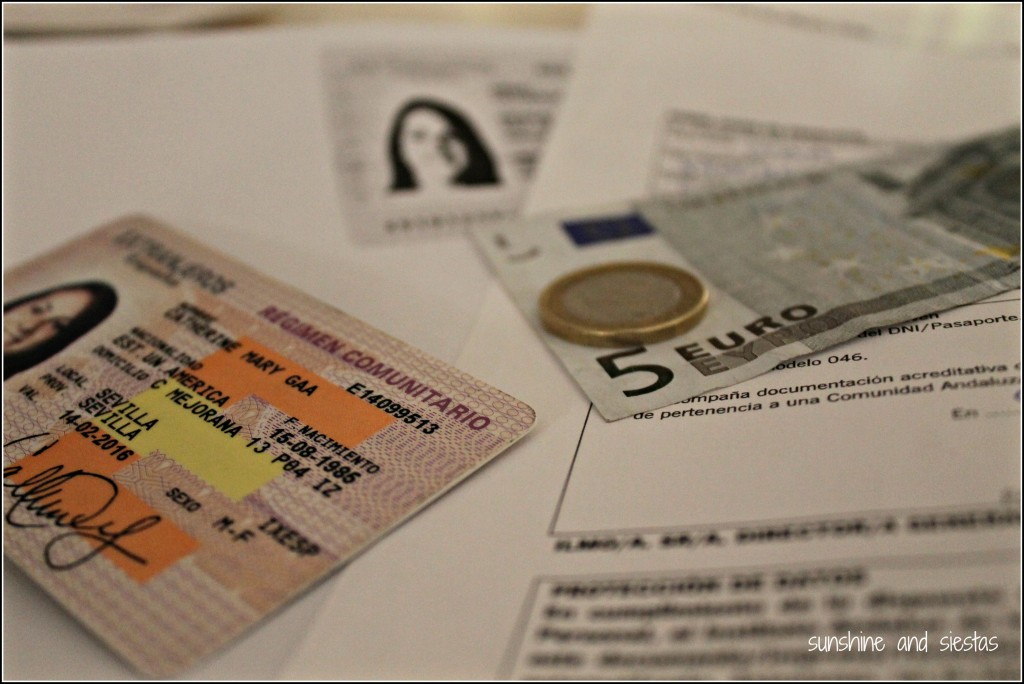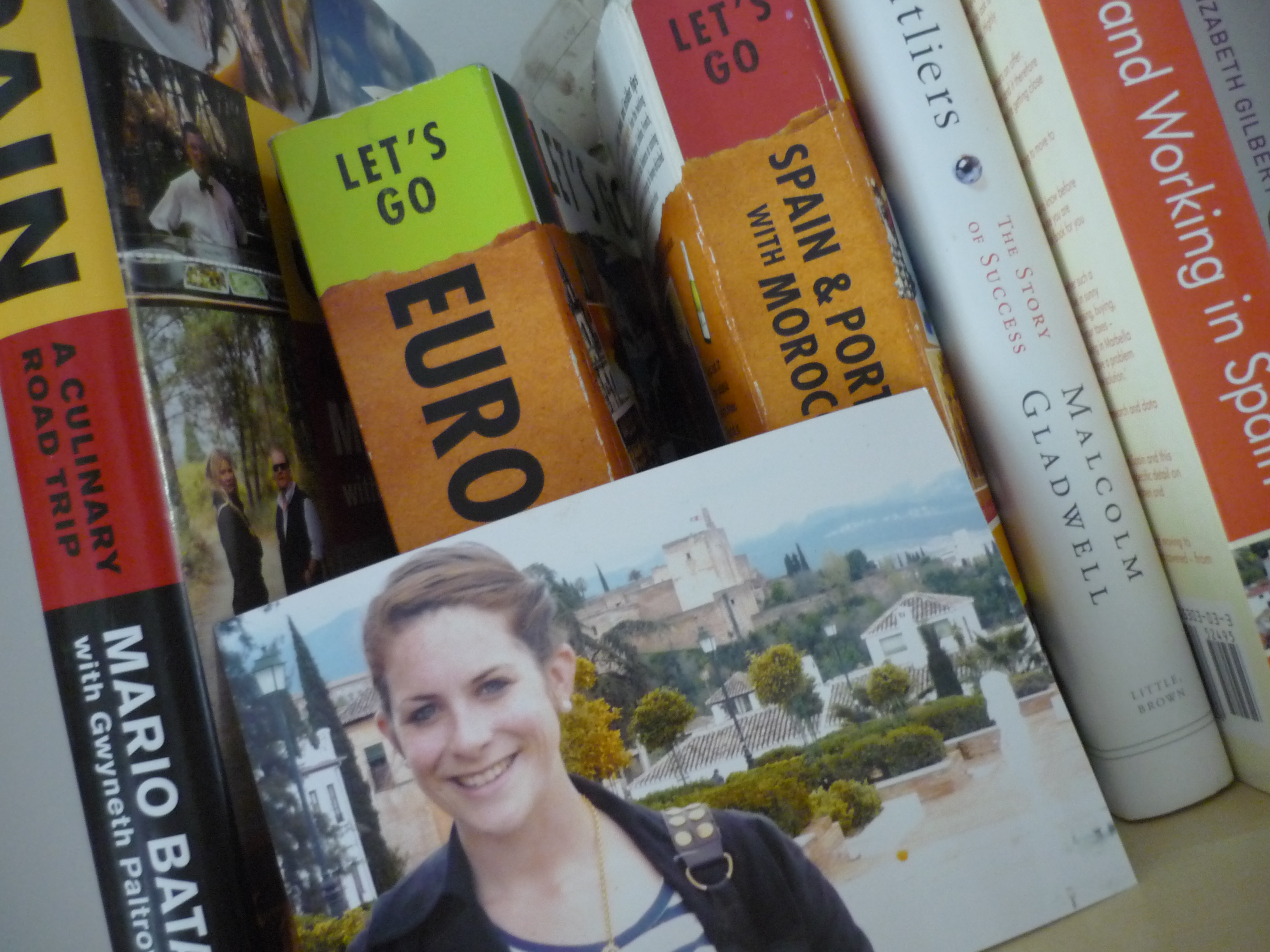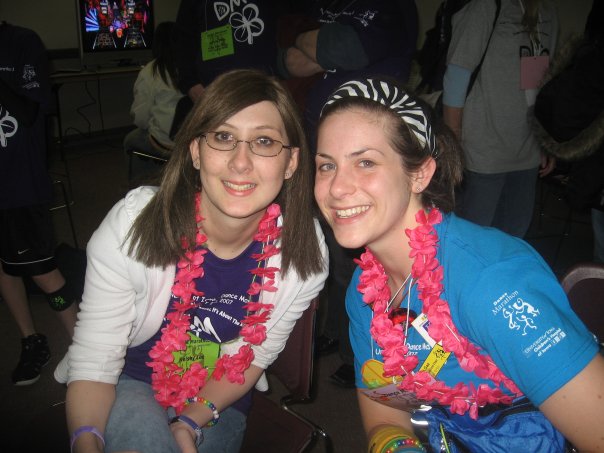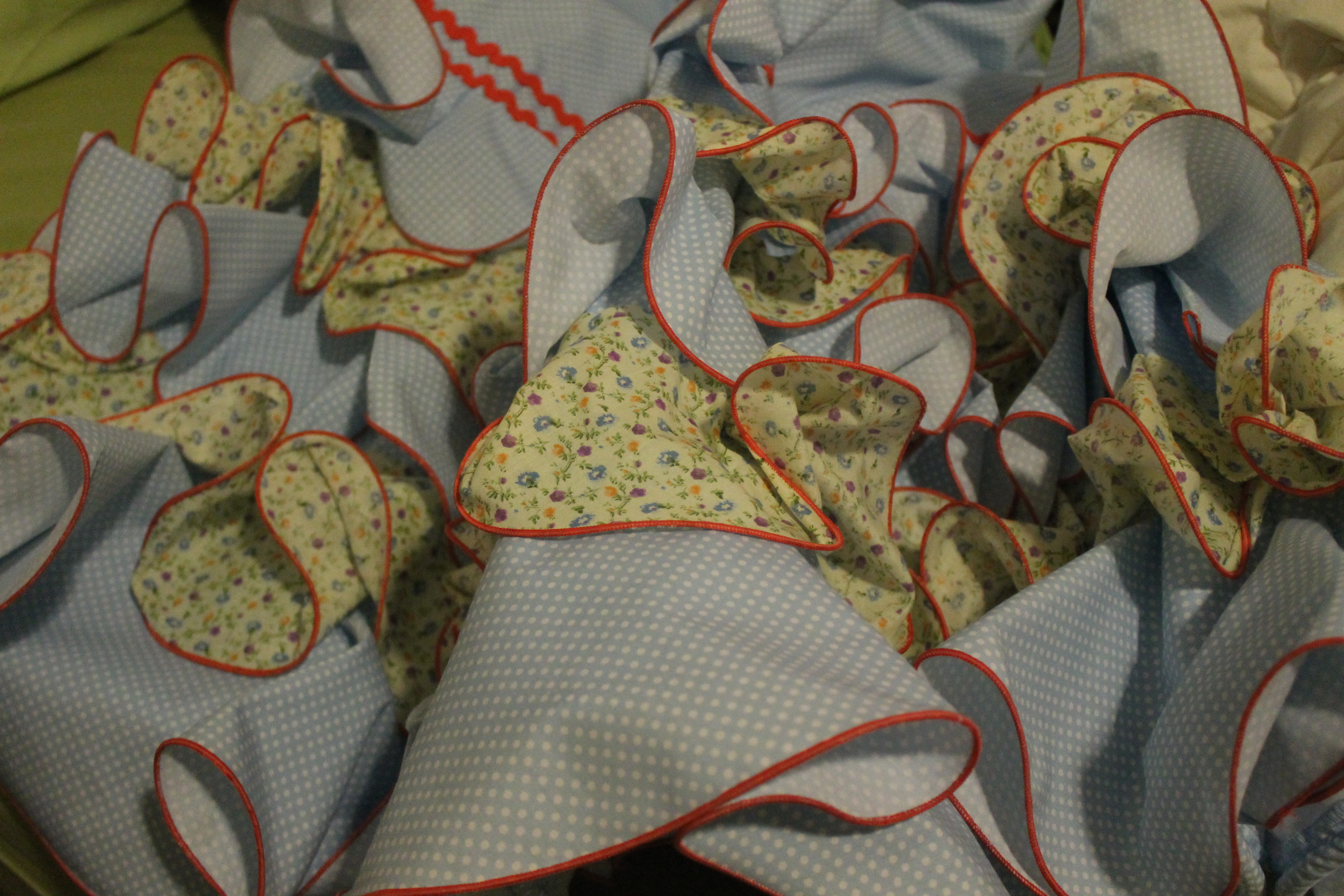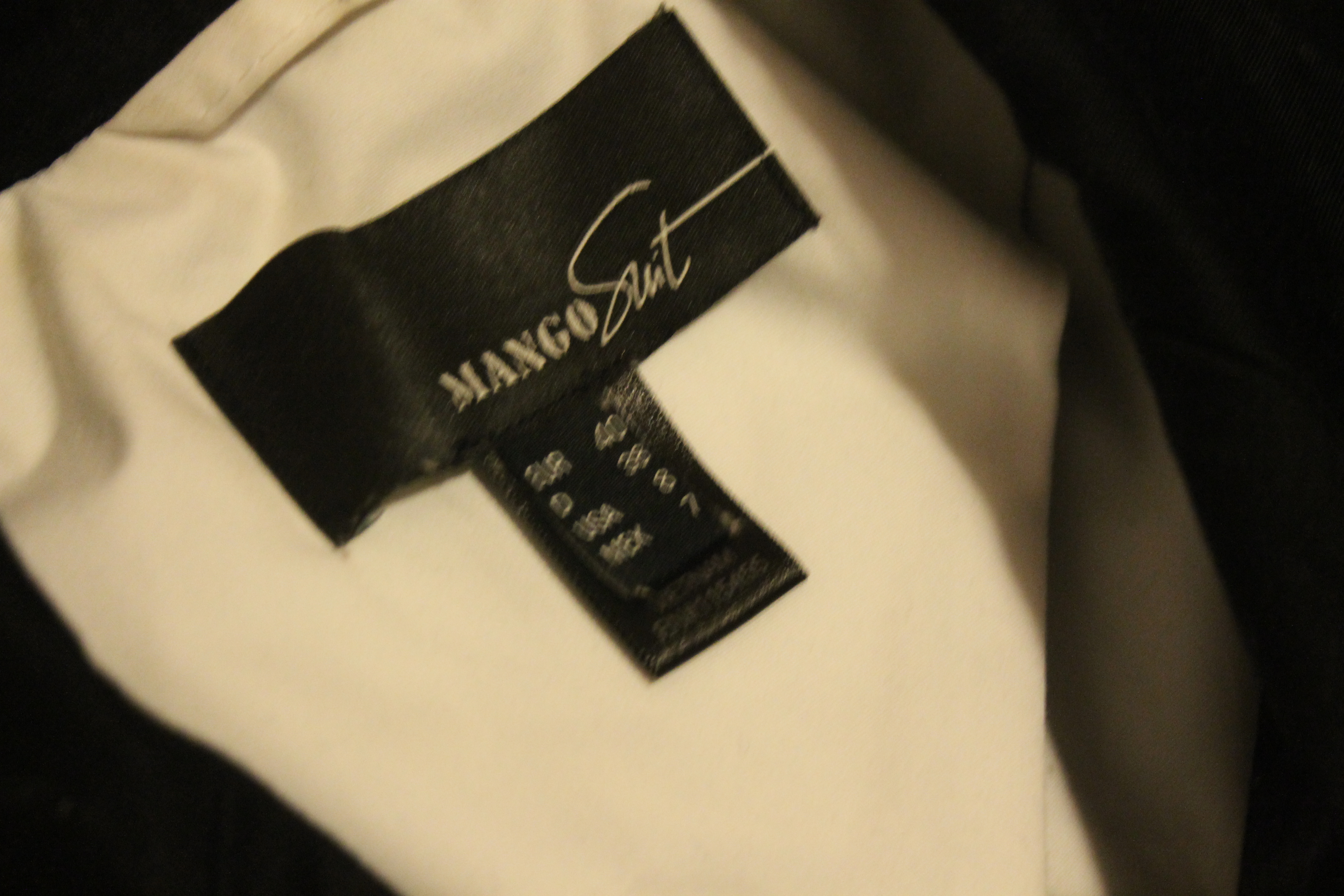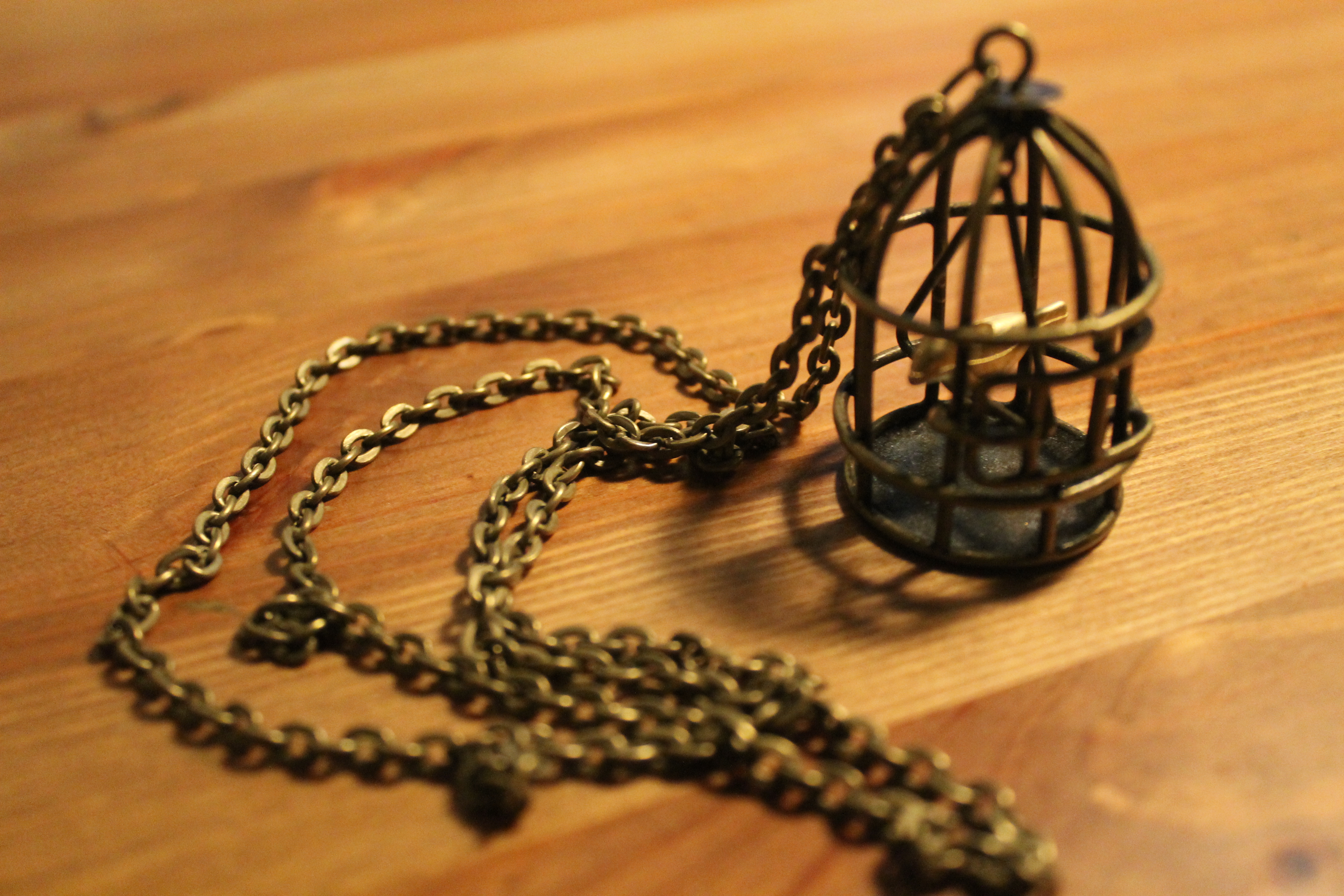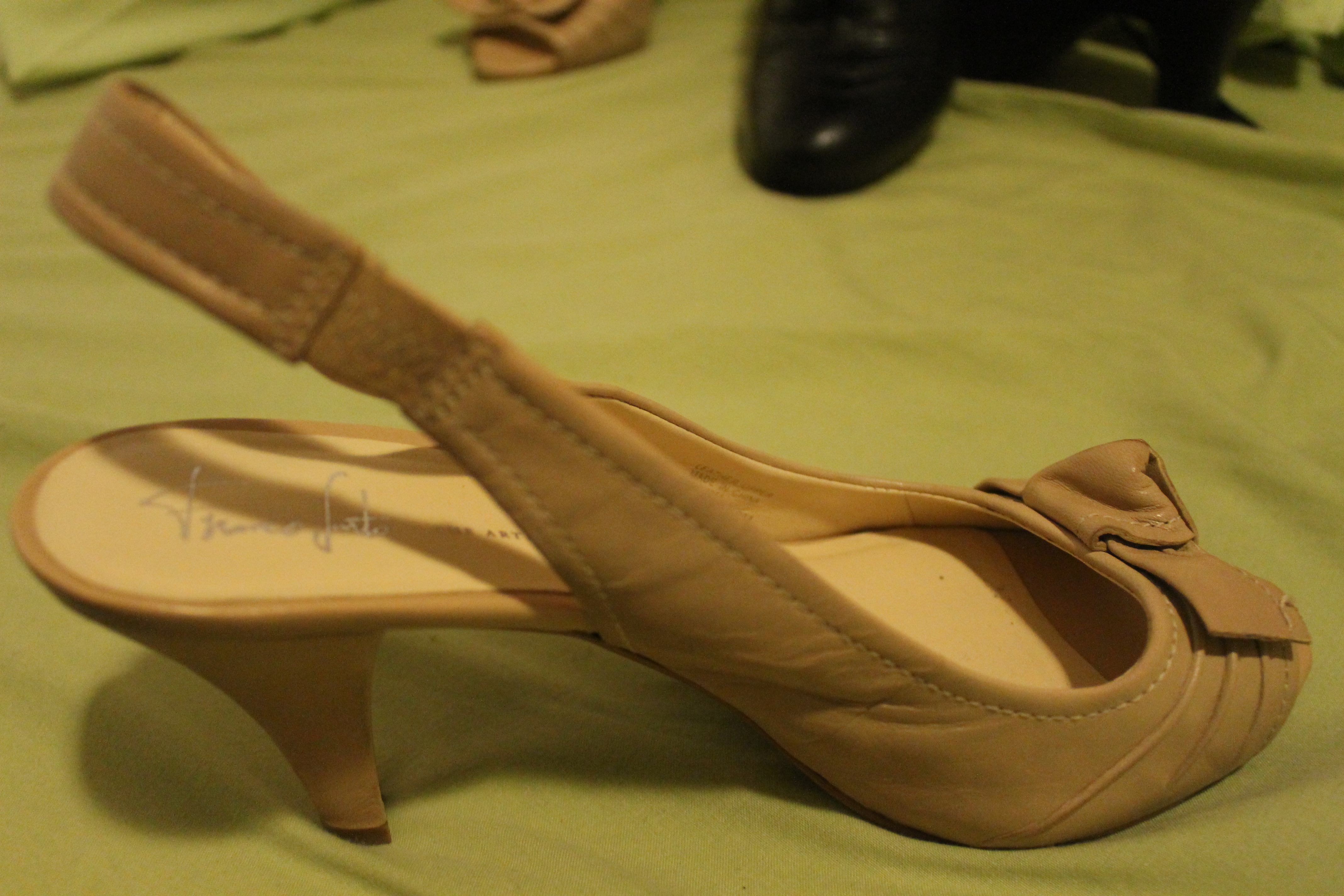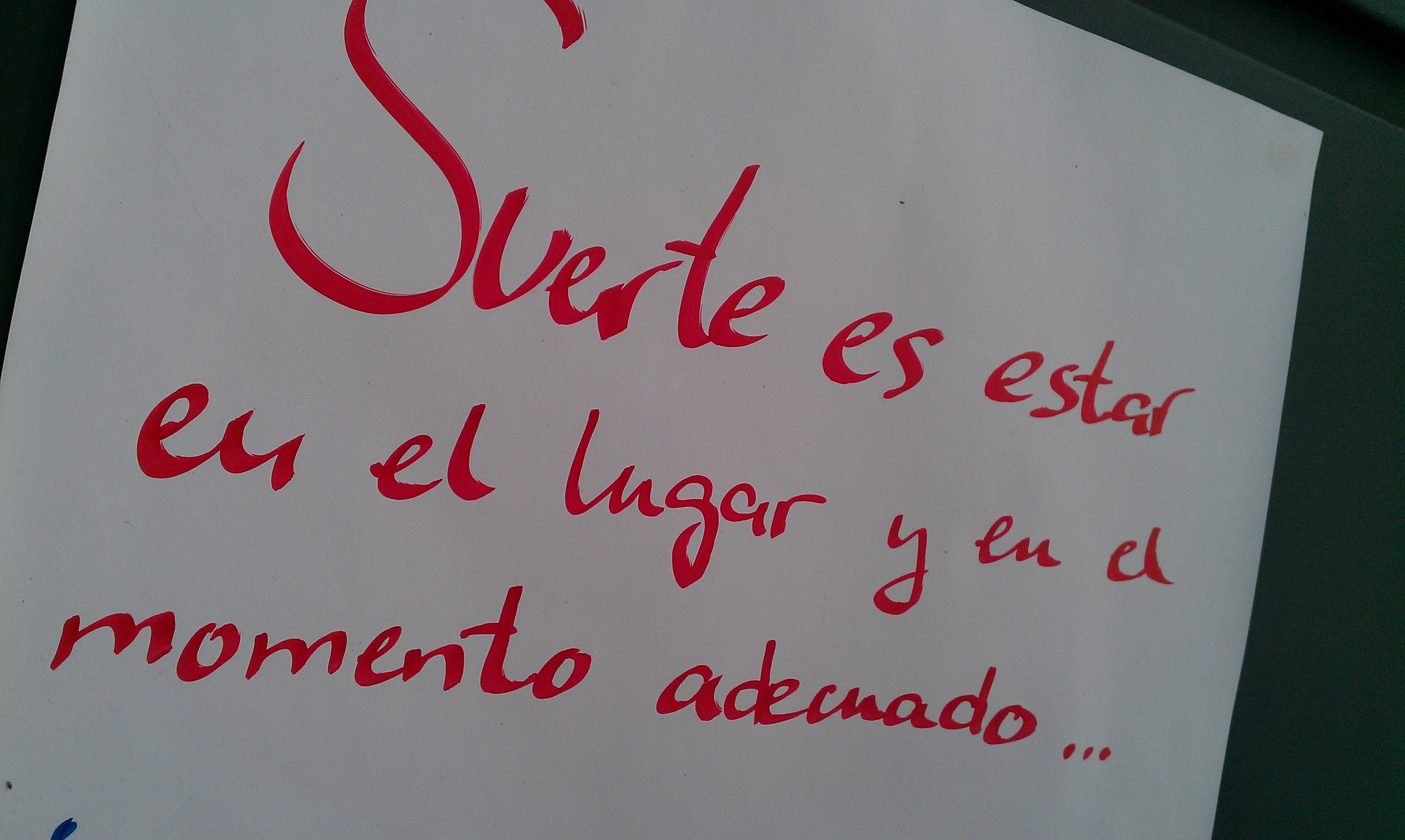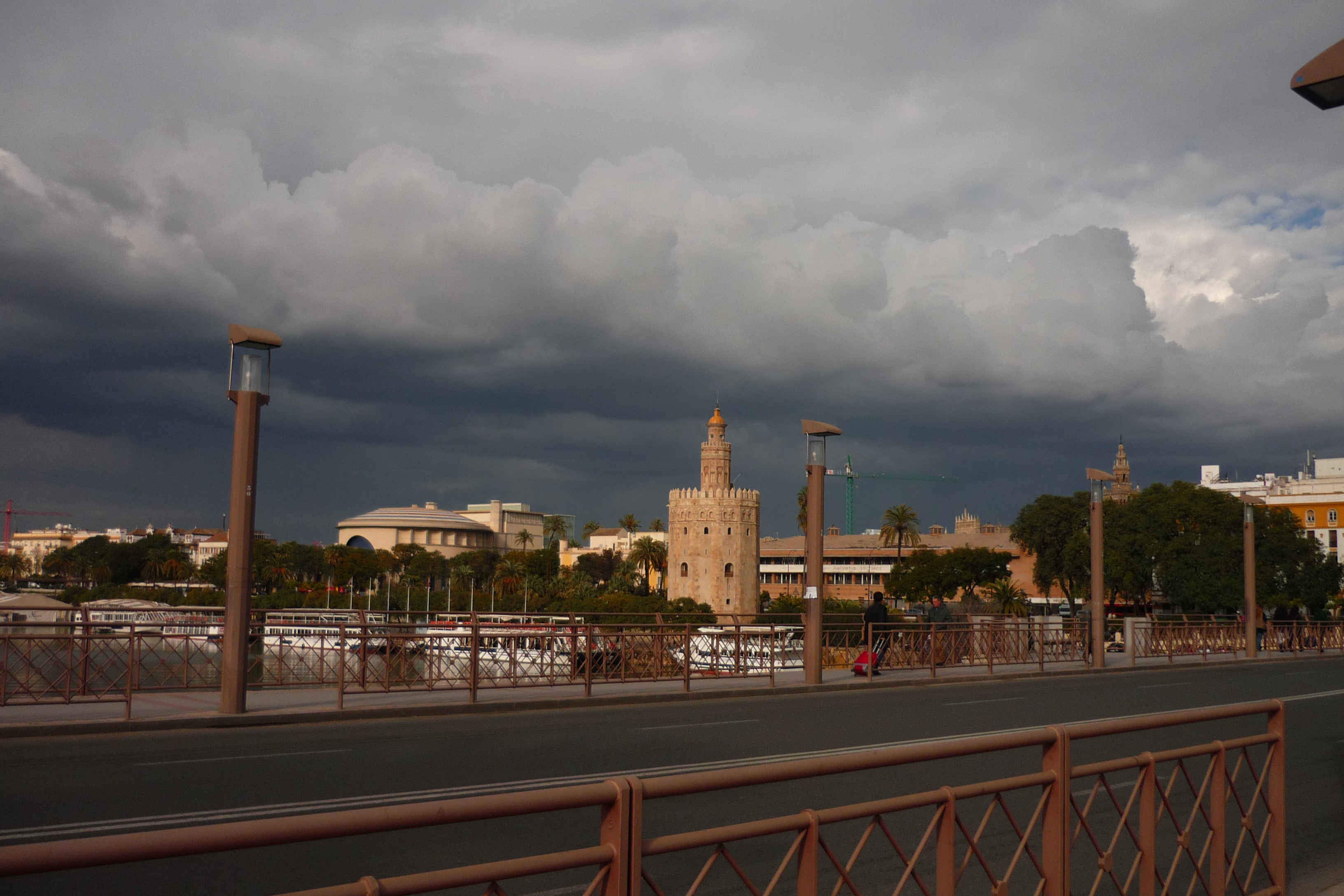When people ask me where my favorite spot in Seville is, I can give an answer quicker than I can name the president of the Spanish parliament: La Grande. You could say that I fell in love with Spain, with the Novio and with langoustines here, all things that have made my life over the past five years what they have been.
For the price of 1,10€ at La Grande, you can get a beer and three boiled shrimp, as long as your middle finger, littered with coarse sea salt and picos. These gambas blancas were part of my Christmas meal and have made their way into my diet at least once a week.
…and this for a Midwestern girl who used to hate seafood!
What it is: The parapenaeus longirostris is a common prawn. At its most simple, they are boiled and sprinkled with sea salt, though it’s common to see shrimp in dishes such as paellas and pastas, and like potatoes to Anglos, can be served in many styles: boiled, fried, in garlic, in tempura, etc.
Where it’s from: These crustaceans are captured off of the Atlantic Coast of Huelva and Morocco, making their arrival to Seville quite quick.
Where to eat it: While I love gambas just the way they are from La Grande (Lopez de Gomara, 18), you can get them just about anywhere. Try a marisquería for many varieties, or a local frieduría for gambas rebozadas, which are battered and fried in olive oil. I also had a friend try tortilla de camarones, which is a smaller shrimp fried in batter. She would have liked it, had she not seen their faces.
HOW to eat it: I once told my friend Alfonso to come meet me at La Grande and bring his mujer gamba. Oops. Female shrimp is to Spaniards what Buttherface is to Americans. To really master peeling a shrimp, you have to have practice, and maybe a beer or two first.
First, rip the head off by placing your index finger and thumb at the base of the skull. My friends say that the brains are the best part, but I can’t get myself to suck it! Then, pull the tail off. Discard both shells. Carefully remove the outer casing of the body by pulling off its legs and peeling off the upper case. The shrimp should look more or less like your curled pinky finger.
If you like tapas, why not tell me which ones you’d like to see featured on Sunshine and Siestas? Alternately, there are more pictures on Sunshine and Siestas’s Facebook page.
